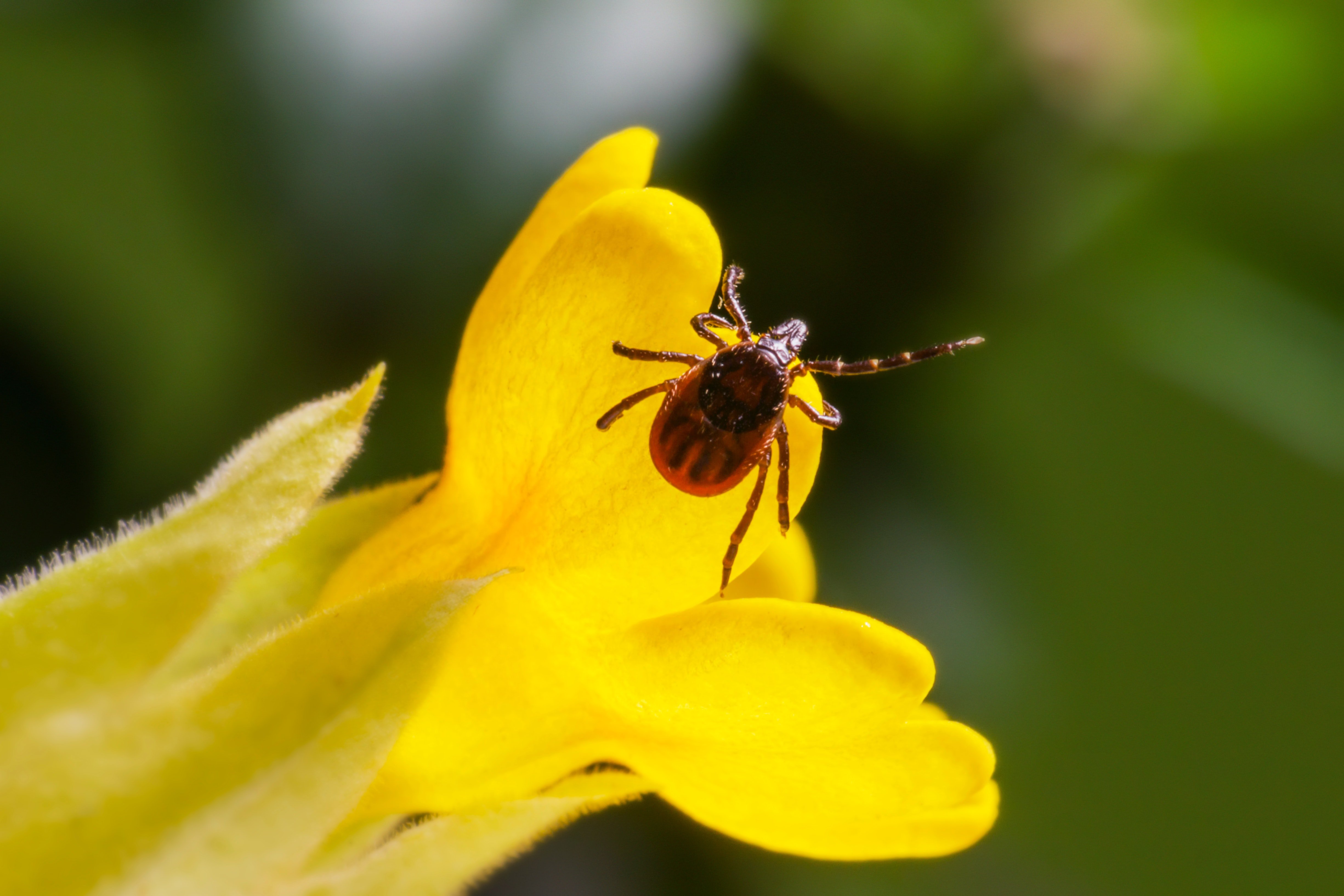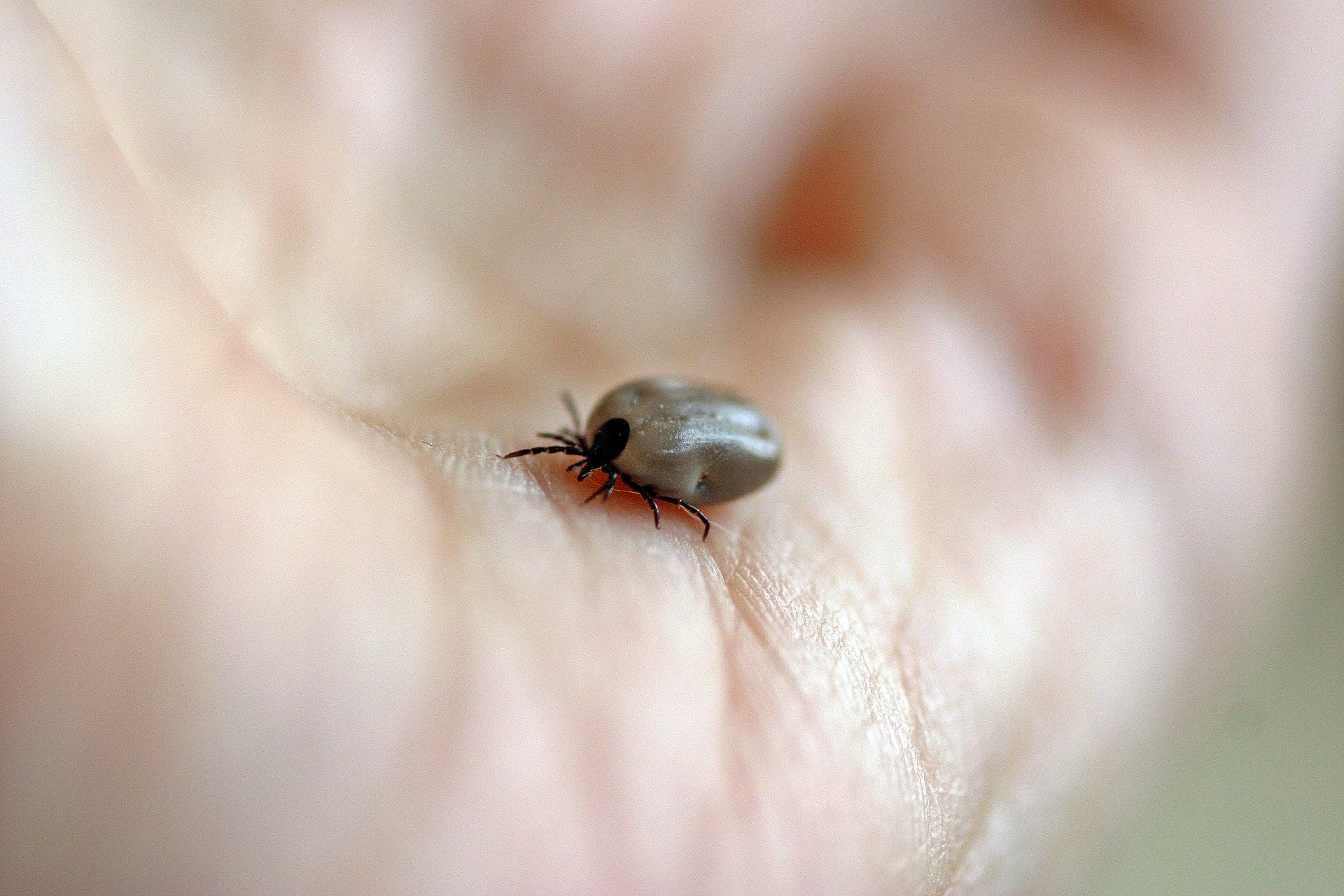
Tips for Protecting Your Family from Tick Bites as Their Population Grows Due to Warm Weather
Centers for Disease Control and Prevention have issued several tips on preventing tick bites this season as their population grows due to warm weather.
According to CDC, tick exposure can occur all year round but are more active during the summer months, between April and September.
There are numerous things that you could do before you leave the house to prepare for prevention. It includes after coming back indoors again.

Pictured - A macro photography of insect in yellow flower | Source: Pexels
Before You Go Outdoors – Know where to expect them: Ticks live in bushy, grassy, or wooded areas, including animals. If you are out camping, spending time in your garden, or walking your dog, you will likely be in close contact with ticks.
You need to treat clothing and gear with products containing 0.5% permethrin. You can use permethrin to treat boots, clothing, and camping gear to remain protective through several items of washing.

Pictured - Two males checking acari during hike in the forest | Source: Pexels
After You Come Indoors – Check your clothing for ticks: You should remove any ticks found in clothing. It would help if you tumbled dry them in a dryer on high heat for ten minutes to kill ticks on dry clothing after you come indoors.
You need to check your body for ticks after being outdoors: You need to conduct a full body check upon return from potentially tick-infested areas, including your backyard. You need to check your underarms, in and around the ears, back of the knees, and between the legs.

Pictured - A doctor showing diagnosis to a pensive patient | Source: Pexels
Various tick species live in different regions in the United States, and the type of tick determines which diseases it may carry. The most common tick-borne illness is Lyme disease.
It can cause a rash, flu-like symptoms, joint pain, and weakness. Lyme disease is transmitted by black-legged ticks, also known as deer ticks, in the country's northeastern and upper midwestern sections.

Pictured - A shallow focus photography of a microscope | Source: Pexels
According to researchers, the prime months for ticks are March through June, with a peak in Lyme disease cases in June and July. A lab director, Nicole Chinnici, said:
“We have a combination in the springtime of many different types of ticks that are active.”

Pictured - Tick, a blood sucker on a person's hand | Source: Pixabay
According to the Countryfile, ticks are also rising across the United Kingdom due to changing climates and habitats and an increasing number of hosts.
There are three types of ticks commonly found in the UK: Ixodes ricinus (the sheep/deer tick), Ixodes hexagonus (the hedgehog tick), and Ixodes canisuga (the British dog or fox tick). They can live up to three years and will feed on the blood of a single host.
